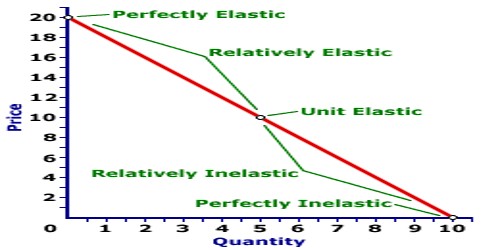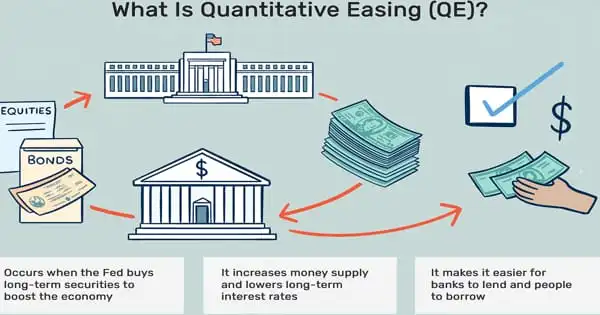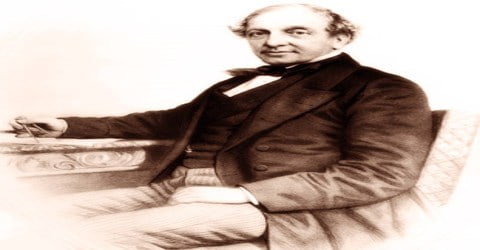Concept of Elasticity of Demand
The concept of elasticity of demand was first introduced by the classical economists Cournot and J.S Mill. Later on, new classical economist Alfred marshal developed it in the scientific way.
Demand elasticity refers to how sensitive the demand for a good is to changes in other economic variables, such as the prices and consumer income. Demand elasticity is calculated by taking the percent change in quantity of a good demanded and dividing it by a percent change in another economic variable. The elasticity of demand is the measurement of responsiveness of demand for a commodity to the change in any of its determinants. viz. price of the commodity, price of the related commodity, consumer’s income, taste and preferences etc. A higher demand elasticity for a particular economic variable means that consumers are more responsive to changes in this variable, such as price or income.
The law of demand tells us that when the price of a good or service rises, consumers tend to buy less of it. Likewise, when the price of a good or service falls, consumers tend to buy more of it. However, the law of demand does not tell us how much more or less consumers tend to buy. For some goods, the quantity demanded stretches a lot when the price changes: for others, not so much.
Types of Elasticity of Demand
There are several kinds of elasticity of demand. The most important elasticity of demands are as follows:
- Price elasticity of demand
- Income elasticity of demand
- Cross elasticity of demand
Other Types
There are two other types of demand elasticity, which measures how much the quantity purchased changes when the price does.
- Inelastic demand, which is when the quantity demanded changes less than the price does.
- Unit elastic demand, which is when the quantity demanded changes the same percent that the price does.
Examples
A good example of elastic demand is housing. That’s because there are so many different housing choices. People could live in a townhouse, condo, apartment or even with friends or family. Because there are so many options, it’s easy for people to not pay more than they want to.
Clothing also has elastic demand. True, people have to wear clothes, but there are many choices of what kind of clothing and how much to spend. When some stores offer sales, other stores have to lower their clothing prices to maintain demand. Small stores that can’t offer huge discounts go out of business. During the Great Recession, many clothing stores were replaced by second-hand stores that offered quality used clothing at steeply discounted prices.
Information Source:
















